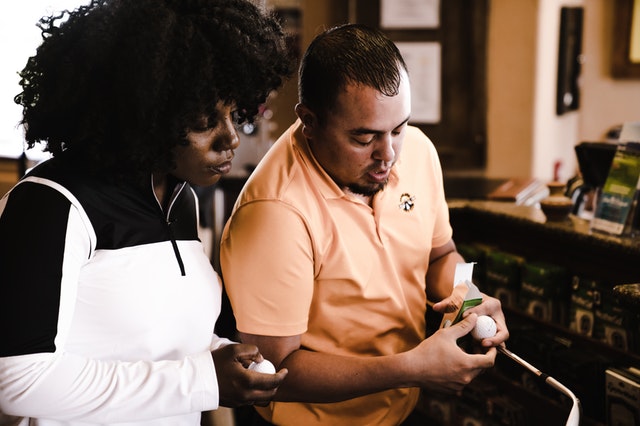This article continues a series of communications from GGA Partners to help private club leaders address challenges confronting their businesses and their employees because of the global health crisis. Today, Henry DeLozier suggests that change on a massive scale is no longer something that should surprise us.
Technology’s tools give clubs a way to prepare for the new normal.
We’re hearing a lot these days about the “new normal” and how the coronavirus has forever changed the ways we work, shop, travel and interact.
But wasn’t it not long ago that we were talking about another new normal? Remember the new normal that followed the financial crisis of 2007-2008, which led to a global recession? That pivot from the previously abnormal to a new normal ushered in more stringent guidelines for financial institutions and in a much larger sense ushered out the sense of trust we had in many other institutions and the people who ran them.
And although the term was not yet in vogue, didn’t the seismic shift from analog to digital – the tipping point came in 2002, when the world began storing more information in digital than in analog format – qualify as a new normal?
All of which led some creative soul to design a bumper sticker that said it all: Change Happens. (You may remember it with a synonym for change.) The most adaptable among us learn to deal with change; the most successful turn it into a competitive advantage. How do they do it?
Don’t be surprised – be prepared.
When he first heard Bob Dylan’s 1965 anthem “Like a Rolling Stone,” Bruce Springsteen said, “[It] sounded like somebody’d kicked open the door to your mind.” With that song, Dylan changed how artists thought about making music. Major change often seems to arrive suddenly – with the speed of a stone rolling down a steep hill – and without warning. Its capriciousness makes us anxious. But if we know it’s coming, we shouldn’t be surprised. We should be prepared.
An embrace of the tools that technology now affords us is an important key to our preparation.
Derek Johnston, a partner in our firm, says although club leaders could not have anticipated the pandemic, they could have been better prepared.
“Many clubs were ill-prepared to quickly analyze the potential impacts of the coronavirus pandemic, to run initial scenarios, to easily gather more information, to test their hypotheses with their membership and, ultimately, set a course of action,” he says.
That is not to say that clubs have responded poorly. On the contrary, club leaders have performed in truly admirable fashion. Many clubs just had to work much harder than those that had already implemented data analytics processes and plug-and-play dashboarding tools, like MetricsFirst or continuous member feedback tools like MemberInsight.
“Some club leaders still question the need to bother with data analytics tools and programs. This misunderstanding is simply misguided,” Johnston says, adding that the term “analytics” seems to intimidate some and conjure visions of data overload and complexity. Another fallacy, Johnston says. “Data analytics, when executed properly, is intended to actually simplify information and present insights in very crisp, clean, and easy to understand ways.”
Ginni Rometty, executive chair of IBM, told Fortune magazine editor Alan Murray, “There is no doubt this [coronavirus] will speed up everyone’s transition to be a digital business.” She identified four areas of impending change: 1) the movement to the cloud; 2) the move toward automation; 3) the overhaul of supply chains, and 4) the movement toward new ways of doing work. Each force will happen in accelerated fashion, she predicts.
Rometty is not alone in her assessment. Almost two out of three respondents to a recent Fortune survey of Fortune 500 CEOs expect technological transformation to accelerate. Doug Merritt, CEO at Splunk, a big-data platform, pointed out two important observations: 1) a rapid digital transformation and 2) the elevated importance of gathering and interrogating data.
Top-performing clubs will similarly leverage the pandemic to implement advanced methods for executing work and providing services. Retooling such routine practices as monthly billings, guest policy tracking, and point-of-sale transactions will happen quickly. Likewise, separating work from jobs will trend even more in the wake of the pandemic.
“Clubs that are actively maintaining both real-time operating dashboards and strategic dashboards, combined with a proper financial model, are taking preemptive steps toward dealing with change,” Johnston says. “When it happens – and we know it will – they will experience far less conflict amongst their management team and their board. Ultimately, their preparation will enable better decisions, faster.”









